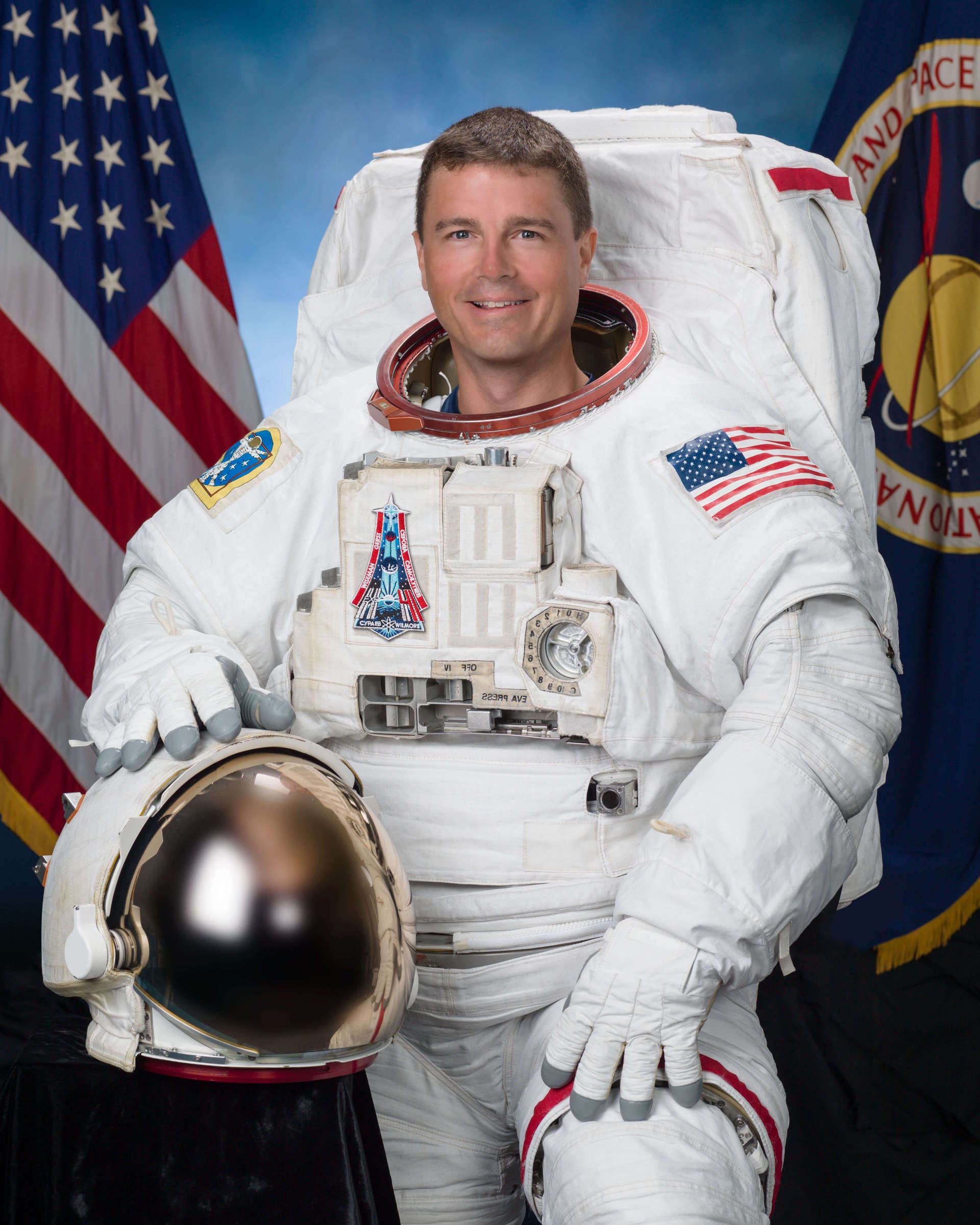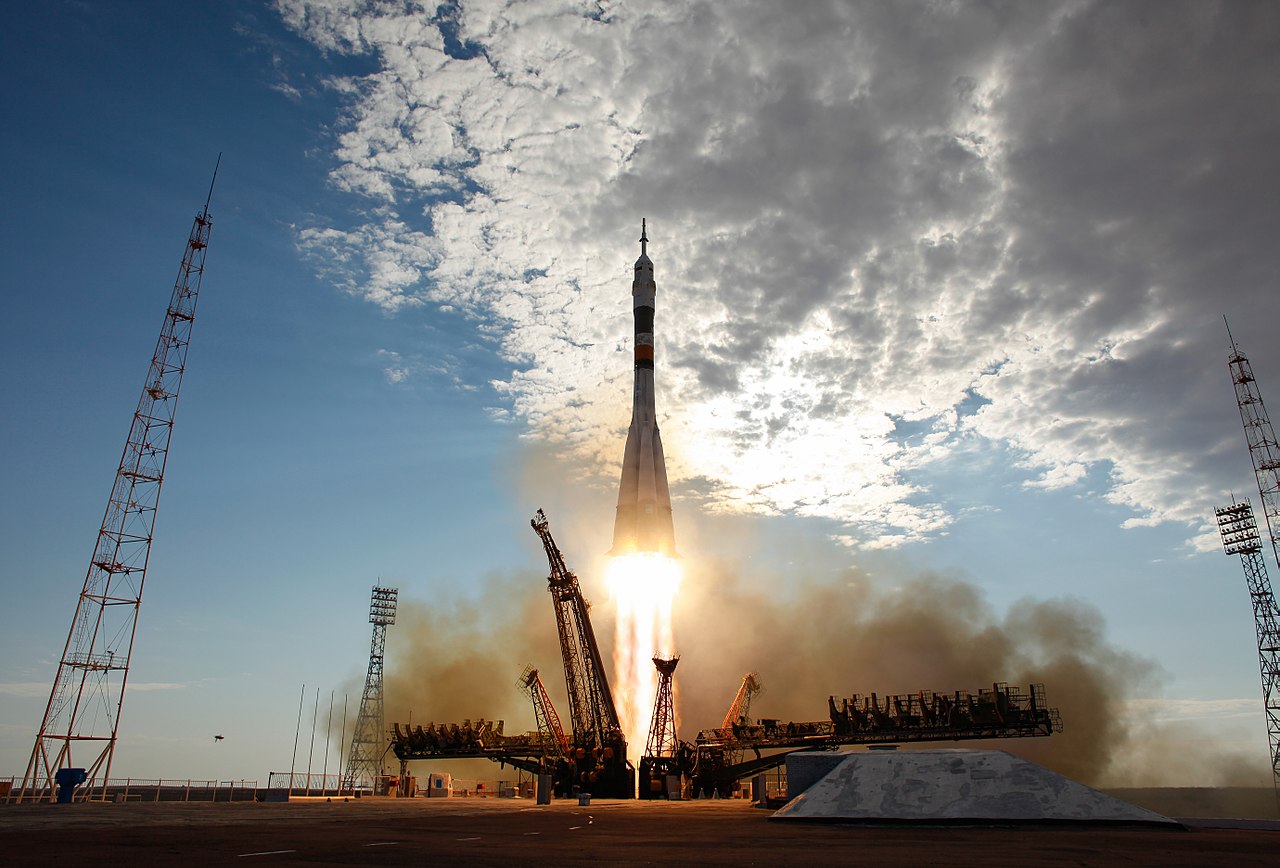Gregory R. Wiseman
American - (NASA)
Active
Date of Birth: Nov. 11, 1975
Age: 50
Gregory Reid Wiseman is an American astronaut, engineer, and naval aviator. Wiseman was selected in June 2009 as a member of the NASA Astronaut Group 20 and qualified as an astronaut in 2011. Wiseman took part in his first spaceflight as part of the crew of Expedition 40/41, which launched to the International Space Station on May 28, 2014, and returned on November 10, 2014. Before joining NASA, Wiseman was a Naval Aviator and test pilot. Wiseman has been the Deputy Chief of the Astronaut Office since June, 2017, working under Chief Astronaut Patrick Forrester.
Upcoming Spaceflights
SLS Block 1 | Artemis II
National Aeronautics and Space Administration | United States of AmericaKennedy Space Center, FL, USA
Feb. 7, 2026, 2:45 a.m.
Status: TBC
Mission:
Artemis II is the first crewed mission as part of the Artemis program. Artemis II will send a crew of 4 - 3 Americans and 1 Canadian around the moon and return them back to Earth. The mission will test the core systems of NASA's Orion spacecraft including the critical life support system, among other systems which could not be tested during Artemis I due to the lack of crew onboard.
Lunar flybySoyuz FG | Soyuz TMA-13M
Progress Rocket Space Center | RussiaBaikonur Cosmodrome, Republic of Kazakhstan
May 28, 2014, 7:57 p.m.
Status: Success
Mission:
Soyuz TMA-13M begins expedition 40 by carrying 3 astronauts and cosmonauts to the International Space Station. Russian Commander, cosmonaut Maksim Surayev alongside Flight Engineers, Gregory R. Wiseman (NASA) & Alexander Gerst (ESA) will launch aboard the Soyuz spacecraft from the Baikonur Cosmodrome in Kazakhstan and then rendezvous with the station. It landed on 10 November 2014 03:58 UTC
Low Earth OrbitThe National Aeronautics and Space Administration is an independent agency of the executive branch of the United States federal government responsible for the civilian space program, as well as aeronautics and aerospace research. NASA have many launch facilities but most are inactive. The most commonly used pad will be LC-39B at Kennedy Space Center in Florida.
Falcon 9
CSG-3
Space Launch Complex 4E - Vandenberg SFB, CA, USACSG-3 is an Earth observation satellite for the Italian Space Agency, part of a reconnaissance constellation using synthetic aperture radars operatin…
Long March 7A
Shijian 29 A-B
201 - Wenchang Space Launch Site, People's Republic of China2 satellites officially described as for "demonstration of new technologies for spatial targets detection" purposes.
Long March 4B
Tianhui 7
Launch Area 94 (SLS-2 / 603) - Jiuquan Satellite Launch Center, People's Republic of ChinaA satellite officially described as for cartography purposes, details TBD.
Soyuz 2.1b/Fregat-M
AIST-2T 01 & 02
Cosmodrome Site 1S - Vostochny Cosmodrome, Siberia, Russian FederationA pair of Russian optical Earth observation satellites built by the Progress Rocket Space Centre for obtaining stereo images of the Earth's surface, …
Long March 3B/E
Fengyun-4C
Launch Complex 2 (LC-2) - Xichang Satellite Launch Center, People's Republic of ChinaChina's geostationary meteorological satellite program FY-4 (Feng Yun 4) is the second generation of chinese geostationary meteorological satellites.



